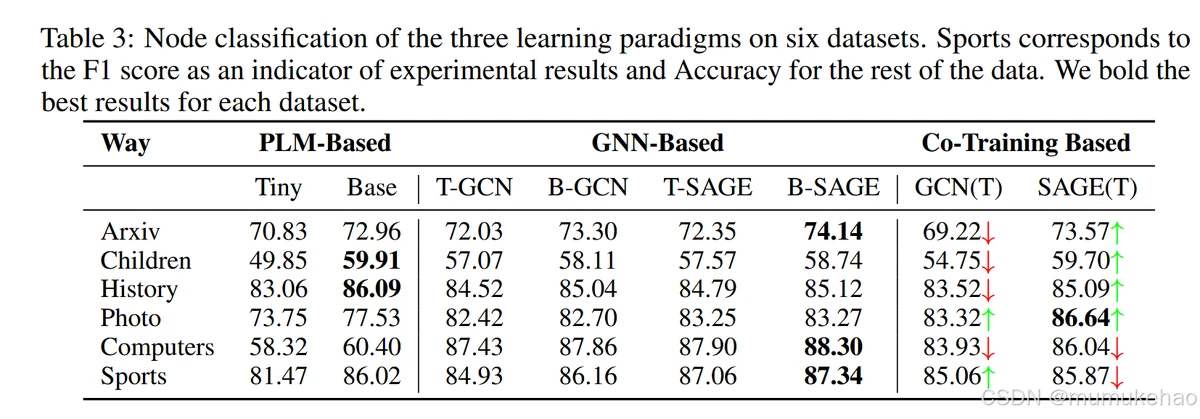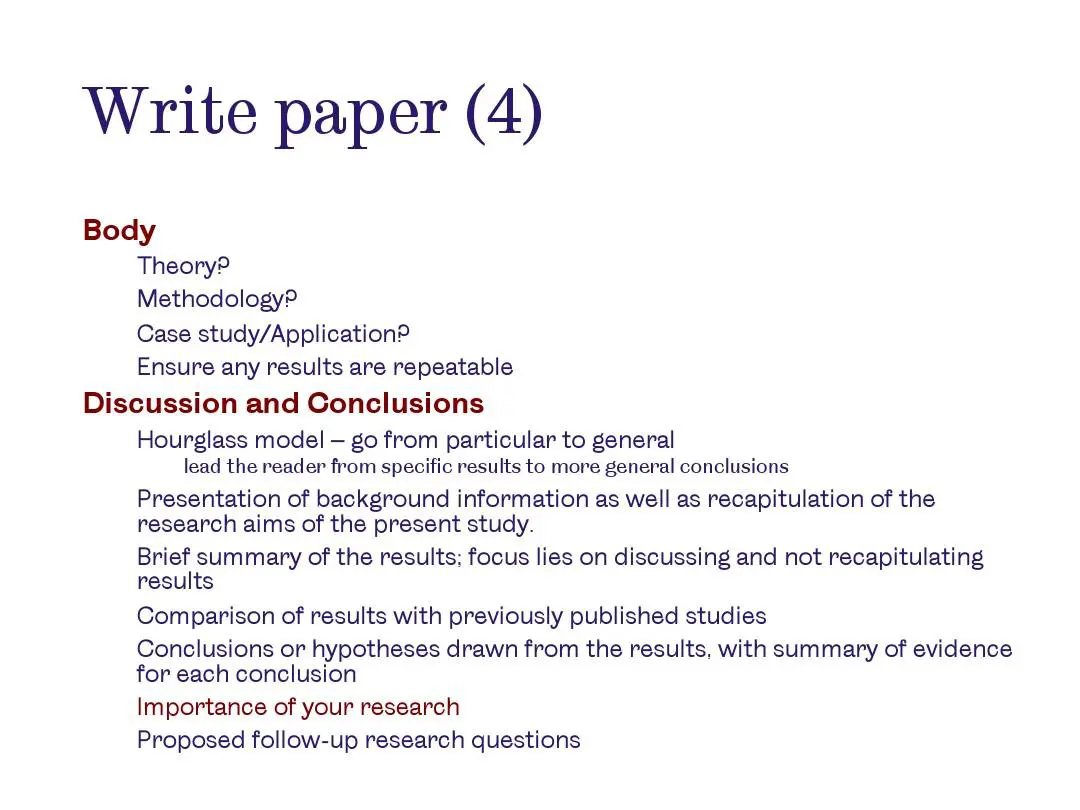

Value at Risk (VaR) is a crucial concept in the world of finance, particularly in risk management. It serves as a standard for assessing the potential loss in the value of a portfolio over a specified time frame for a given confidence interval. As one of the most widely used risk management tools in the financial industry, understanding the theory and application of VaR is critical for anyone in finance, from portfolio managers to compliance officers. This comprehensive study paper delves into the various aspects of VaR, offering in-depth explanations, methodologies, and real-world applications to enhance the reader’s understanding.
- What is Value at Risk (VaR)?
Understanding VaR in Financial Risk Management
VaR is a statistical measure that quantifies the risk of a portfolio or investment. It estimates the maximum potential loss over a defined period (usually a day, month, or year), given a certain confidence level. For example, a 1-day VaR at the 99% confidence level means there is a 1% chance that the portfolio will lose more than the estimated VaR amount over the next day.
The Role of VaR in Risk Management
VaR plays a pivotal role in helping financial institutions manage their exposure to market risks. It provides a standardized way of quantifying potential losses, allowing firms to make informed decisions about portfolio diversification, hedging strategies, and capital allocation. Furthermore, VaR is widely used by regulators to ensure that financial institutions hold enough capital to cover potential losses.
- Key Components of a Comprehensive VaR Study
- The Three Main Methods for Calculating VaR
There are several methodologies used to calculate VaR, each with its strengths and weaknesses. The most common methods include:
Historical Simulation: This method uses past market data to simulate potential future portfolio returns. It is easy to implement and does not assume any particular distribution of returns. However, it is sensitive to the historical period chosen, and it may not accurately predict future risks if market conditions change significantly.
Variance-Covariance (Parametric) Method: This method assumes that returns follow a normal distribution and calculates VaR based on the mean and standard deviation of the portfolio’s returns. While this method is fast and straightforward, it assumes normality in returns, which may not always hold in practice, especially in times of market volatility.
Monte Carlo Simulation: This approach uses random sampling to generate a large number of possible outcomes for a portfolio’s returns. It is highly flexible and can model complex portfolios and non-normal return distributions. However, it is computationally expensive and requires substantial data and processing power.
- VaR for Different Asset Classes
Equities: For stocks, VaR can be calculated by considering their historical volatility, correlations with other assets, and the portfolio’s overall risk profile.
Fixed Income: VaR for bonds takes into account interest rate movements, bond duration, and the sensitivity of bond prices to changes in market conditions.
Derivatives: Calculating VaR for derivatives like options and futures requires additional factors such as time decay, volatility skew, and the underlying asset’s price movement.
- VaR Calculation: Step-by-Step Guide
To understand VaR, let’s break down the calculation process using the Variance-Covariance method:
Step 1: Collect historical data on the asset or portfolio’s returns.
Step 2: Calculate the mean and standard deviation of these returns.
Step 3: Assume a normal distribution of returns and use the formula for VaR:
VaR=μ−Zα⋅σ
VaR=μ−Z
α
⋅σ
Where:
μ
μ is the mean return
Zα
Z
α
is the Z-score corresponding to the desired confidence level
σ
σ is the standard deviation of returns
- Limitations of VaR
While VaR is widely used, it has several limitations that need to be considered:
Assumption of Normal Distribution: Many VaR methods, especially the parametric method, assume that returns follow a normal distribution. In reality, financial markets often exhibit skewness and kurtosis, which can lead to an underestimation of risk.
Time Horizon Dependency: The accuracy of VaR depends heavily on the time horizon chosen. Shorter time horizons may underestimate risk, while longer time horizons may overestimate potential losses.
Ignores Extreme Events: VaR does not account for extreme market events, such as the 2008 financial crisis. It typically does not capture the full extent of losses in the tail of the distribution.
- How VaR is Used in Quantitative Finance
VaR in Portfolio Optimization
Quantitative finance professionals use VaR as a critical tool for portfolio optimization. By understanding the potential losses associated with different portfolio configurations, traders can adjust their positions to minimize risk while maximizing returns. For example, Markowitz’s Mean-Variance Optimization may be used alongside VaR to balance the trade-off between risk and return.
Example of Portfolio Optimization Using VaR
A portfolio manager might use VaR to assess the risk of a portfolio with multiple asset classes, such as stocks, bonds, and options. By calculating the VaR of each asset and combining them into an overall portfolio VaR, the manager can decide whether the portfolio is well-diversified or overexposed to risk. Portfolio rebalancing may be done based on these insights.
Using VaR for Regulatory Compliance
Financial institutions are required to maintain a capital reserve to cover potential losses. Regulatory frameworks such as Basel III mandate the use of VaR in calculating the capital requirements. By using VaR, financial institutions can ensure that they hold sufficient capital to absorb market shocks and avoid insolvency.
Case Study: Basel III and VaR
Under Basel III, banks are required to calculate the Stressed VaR as part of their capital reserve requirements. This version of VaR takes into account extreme market conditions, simulating how portfolios would perform under stress scenarios like financial crises.
How VaR Works in Quantitative Trading
In quantitative trading, VaR helps traders identify the amount of risk in their trades, allowing them to implement effective risk management strategies. VaR is often used alongside stop-loss orders, position sizing, and hedging strategies to minimize potential losses.
- Comparison of VaR Calculation Methods
- Historical Simulation
Pros:
Easy to implement.
Does not require assumptions about the distribution of returns.
Cons:
Sensitive to the period chosen.
May not predict future risk accurately if market conditions change.
- Variance-Covariance Method
Pros:
Fast and easy to compute.
Well-suited for portfolios with assets that follow normal distributions.
Cons:
Assumes a normal distribution of returns, which may not always hold.
May not accurately model tail risk or extreme market conditions.
- Monte Carlo Simulation
Pros:
Highly flexible and can handle complex portfolios.
Can model non-normal distributions and extreme market events.
Cons:
Computationally expensive.
Requires a large amount of historical data.
Recommended Approach
While each method has its strengths, a combination of Monte Carlo Simulation for capturing extreme events and Variance-Covariance for simplicity is often the best approach for institutions looking to balance accuracy and efficiency.
- FAQ (Frequently Asked Questions)
- What is the significance of VaR in risk management?
VaR is crucial in risk management because it provides a clear, quantitative measure of the potential loss in value of a portfolio, which helps institutions and traders decide on risk exposure, capital reserves, and hedging strategies. By using VaR, firms can avoid significant financial losses and ensure regulatory compliance.
- How often should VaR be recalculated?
VaR should be recalculated regularly to account for market changes, portfolio adjustments, and shifts in volatility. In highly volatile markets, it may be beneficial to calculate VaR on a daily basis, while more stable markets may allow for weekly or monthly recalculations.
- How does VaR apply to retail investors?
While VaR is traditionally used by financial institutions, retail investors can also benefit from understanding VaR. By applying VaR, retail investors can assess the risk in their portfolios, set realistic loss thresholds, and optimize their investments for risk-adjusted returns.
Conclusion
In conclusion, Value at Risk (VaR) is an indispensable tool in financial risk management. This comprehensive study paper has explored the various methods of calculating VaR, its application in quantitative finance, and its limitations. Whether you’re managing a hedge fund, working in portfolio optimization, or simply exploring risk management techniques, understanding how to effectively use VaR can significantly improve your ability to navigate financial markets and make informed decisions.

0 Comments
Leave a Comment